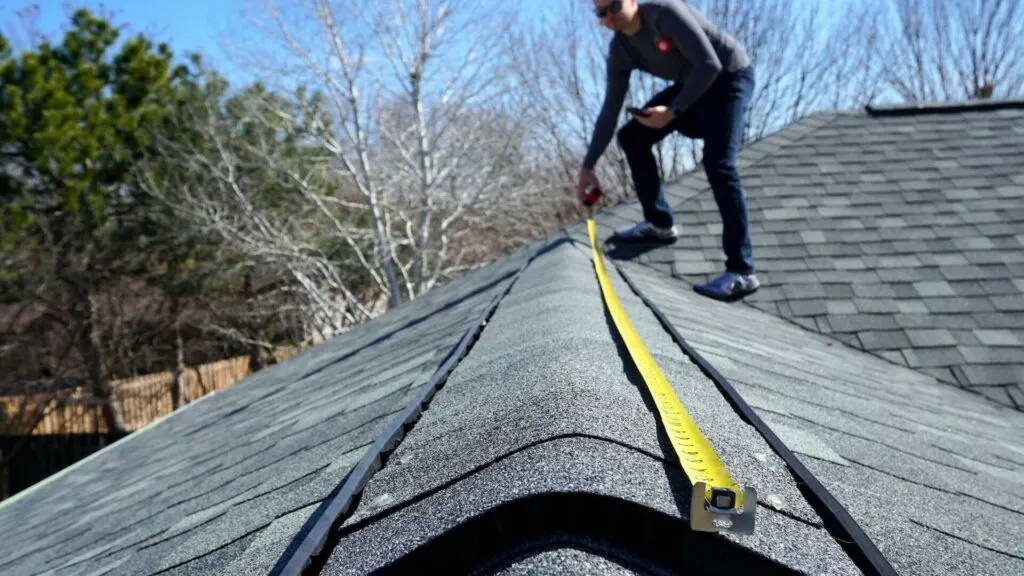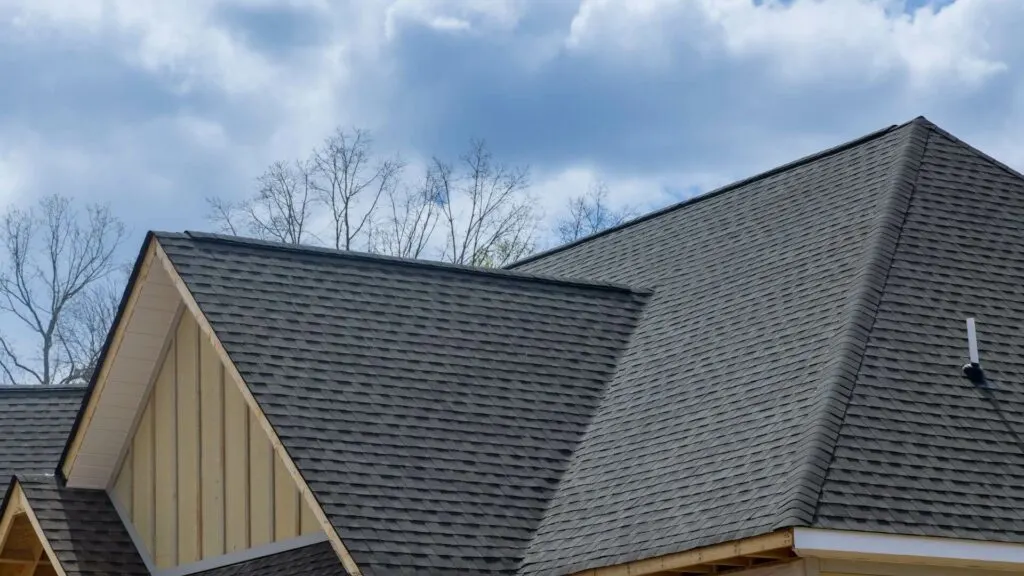The roof is arguably the most critical component of any building’s structure. It shields us from the elements, protecting against rain, snow, wind, and extreme temperatures. However, as durable as roofs are designed to be, they are not invincible. Over time, exposure to harsh weather conditions can cause wear and tear, leading to leaks, water damage, and structural issues. To ensure your roof can weather any storm, it’s essential to implement effective weatherproofing strategies. In this guide, we’ll explore six expert strategies recommended by roofing professionals to keep your roof in top condition.

Consider Professional Roof Coatings
Roof coatings can provide an extra layer of protection against the elements, extending the lifespan of your roof and reducing maintenance requirements. Consider applying a reflective coating or elastomeric coating to your roof surface to improve waterproofing, UV resistance, and energy efficiency. These coatings can also help reduce thermal shock and temperature fluctuations that can weaken roofing materials over time, professionals from ShakeGuys.com explain. Consult with a roofing professional to determine the most suitable coating for your roof type and climate conditions. Proper application and maintenance of roof coatings can significantly enhance your roof’s durability and weather resistance.
Regular Inspections and Maintenance
One of the most effective ways to weatherproof your roof is through regular inspections and maintenance. Over time, small issues such as loose shingles, damaged flashing, or clogged gutters can escalate into major problems if left unattended. Schedule a professional roof inspection at least once a year, preferably before the start of the winter season and after severe weather events. A trained roofer can identify potential issues early on and recommend necessary repairs or maintenance tasks.
During inspections, pay attention to the condition of shingles, flashing, vents, and seals. Look for signs of damage, such as missing or cracked shingles, rusted flashing, or gaps around vents. Clean gutters and downspouts regularly to prevent water buildup and potential leaks. Addressing minor issues promptly can prevent them from becoming costly repairs later on.
Invest in High-Quality Materials
When it comes to weatherproofing your roof, quality matters. Invest in high-quality roofing materials that are designed to withstand harsh weather conditions. Choose durable shingles, such as asphalt, metal, or composite materials, that offer excellent resistance to wind, rain, and UV exposure. Ensure that flashing and sealants are also of high quality to prevent water infiltration.
Consider the climate and weather patterns in your area when selecting roofing materials. For example, if you live in an area prone to heavy snowfall, opt for materials that can handle the weight of snow and ice without compromising the roof’s integrity. Consult with roofing professionals or manufacturers to choose the best materials suited to your specific needs and budget.
Enhance Roof Ventilation
Proper roof ventilation is crucial for maintaining a healthy and weather-resistant roof. Inadequate ventilation can lead to moisture buildup, which can cause mold growth, wood rot, and damage to insulation. Additionally, during hot weather, poor ventilation can result in excessive heat buildup in the attic, leading to increased energy costs and potential damage to roofing materials.
To enhance roof ventilation, ensure that vents are installed correctly and are free from obstructions such as debris or insulation. Consider installing ridge vents, soffit vents, or gable vents to promote airflow and reduce moisture buildup. Proper ventilation not only extends the life of your roof but also improves indoor comfort and energy efficiency.
Seal and Waterproof Vulnerable Areas
Vulnerable areas of the roof, such as valleys, eaves, and joints, are particularly prone to water penetration. To weatherproof these areas effectively, use high-quality sealants and waterproofing materials. Seal cracks, gaps, and joints with appropriate caulking or sealant to prevent water infiltration. Install flashing around chimneys, skylights, and vents to create a watertight barrier.
Inspect seals and waterproofing regularly, especially after severe weather events, and reapply sealant as needed. Investing in professional waterproofing solutions can provide long-lasting protection against water damage and leaks, preserving the integrity of your roof and the interior of your home.

Trim Trees and Remove Debris
Overhanging trees can pose a threat to your roof during storms, as branches can break off and damage shingles or puncture the roof’s surface. Keep trees near your home trimmed regularly to prevent branches from coming into contact with the roof. Remove dead or overhanging branches that could potentially fall during high winds or storms.
Additionally, keep your roof free from debris such as leaves, twigs, and moss. Debris buildup can clog gutters, trap moisture, and contribute to the deterioration of roofing materials. Regularly clean your roof and gutters to ensure proper drainage and prevent water-related issues.
Weatherproofing your roof is a proactive measure that can save you time, money, and headaches in the long run. By implementing these expert strategies, you can ensure that your roof remains resilient and capable of weathering any storm. From regular inspections and maintenance to investing in high-quality materials and enhancing ventilation, taking care of your roof is essential for protecting your home and ensuring its longevity. Remember to consult with roofing professionals for guidance and assistance in implementing these weatherproofing strategies effectively. With a well-maintained and weatherproofed roof, you can enjoy peace of mind knowing that your home is prepared for whatever Mother Nature throws its way.

Jessi is the creative mind behind The Coffee Mom, a popular blog that combines parenting advice, travel tips, and a love for all things Disney. As a trusted Disney influencer and passionate storyteller, Jessi’s authentic insights and relatable content resonate with readers worldwide.
